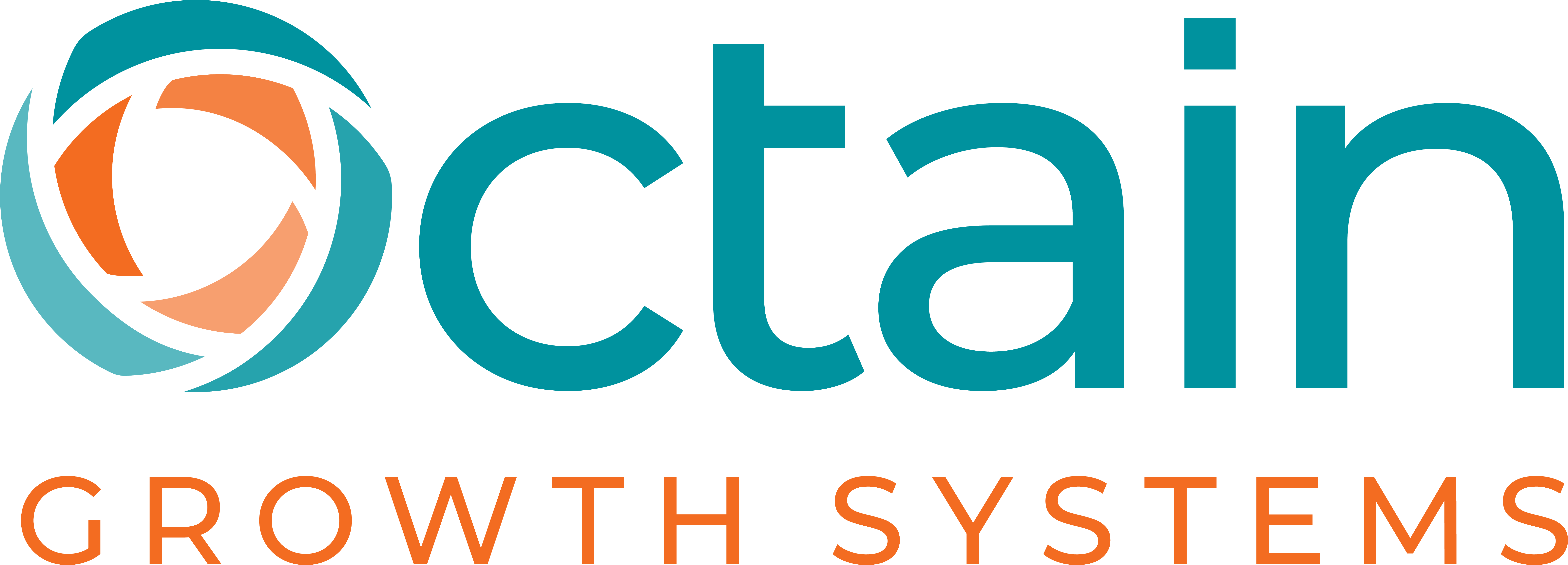Most everything in my kitchen came from Bed Bath & Beyond.
Everyone shopped there. My sister ran into Barbara Streisand shopping at one in LA.
A visit to the Bed Bath at the Galleria in Roseville, CA at Christmas was a delight. The store shone with holiday magic. The people were super friendly. And who could forget the almost endless supply of 20% off coupons!
Now it’s all gone! Very sad.
The iconic household brand launched in 1971 fell into bankruptcy in April 2023. In June 2023, Overstock.com purchased Bed Bath & Beyond’s name, intellectual property, and digital assets for $21.5 million. The store lives on as an online discounter.
Much has been written about how and why Bed Bath failed. Many lessons can be learned.
The Blindspot That Killed
But one of Bed Bath’s giant mistakes is of utmost importance to consultants, agencies and services providers. Bed Bath failed to recognize changes in customer buying preferences. In their case they missed the Titanic shift to online shopping, even before the pandemic.
Not recognizing changing client buying preferences is blind spot many consultants have too. We get comfortable in our routines of relying on our networks and referral sources, of developing proposals, and engaging through free consulting sessions.
But make no mistake! Your clients’ buying preferences have and will continue to change.
Here’s what our research shows clients seeking consulting and agency services want now.
Self Service – Clients want to control their initial interaction with you. Today clients want to interact with companies and services first through anonymous digital experiences — with an app or chatbot — not a live conversation. That’s why your offer for a free “consulting session” so often falls on deaf ears.
Prospective clients know it’s a set up to buy and they are not ready yet. They want to experience working with you before they work with you.
So how do we do that? We’ve found success with immersive experiential videos on your website and social. Rather than the “here’s my service and solutions” patter tell them about you personally and what the experience will be like working with you.
Consider focusing on topics like: How will you communicate with them? What will they have to commit to in time, money and effort. When and how will they see results. Or a self-guided demo. Think of the SaaS companies offer their demo. Consultants can do that too by recording a live client session and offering that as self-guided tour of your client experience.
Menu Pricing – Modern buyers love menu pricing and not just for dinner out. In the online shopping world everything from soup to cars can be bought off the menu.
It’s a trend consultants and agencies can really benefit from. It enables you to set prices based on the actual cost of your service delivery using your hourly rate and historical project cost with a healthy profit margin built in. It provides the kind of pricing transparency modern service buyers want. It reduces time and effort on proposal development or even eliminates proposals completely.
Not sure how to set your service menu pricing? Take a page from your neighborhood restaurant: product cost (if any) +labor cost + overhead costs + competitive rates.
Online Reviews and Reputation Management. Another consumer staple has entered the consultant/service provider world. The first stop in finding a service consultant or agency may be the familiar, “Who do you know?” The second stop is inevitably online reviews. And no I am not just talking about the testimonials on your website.
Google my business, Linked In and sites like Trustpilot are key to reputation management for consultants. And don’t forget to know and monitor your Net Promoter Score. Here’s how (LINK).
Shared Values and Perspectives. Working with like-minded consultants has become a primary decision factor since the pandemic. A recent study by the University of California, Berkeley found that 72% of consumers are willing to pay more for products and services from companies that share their values. Additionally, a study by Cone Communications found that 88% of consumers are more likely to do business with companies that are seen as being socially responsible.
Collaboration. In between the coaching world of “we will teach you how to fish” and the consulting world of “we’ll bring the cooked salmon to your dinner table,” comes a new trend: Collaborative consulting. Collaborative consulting brings the client inside the team. It empowers the client to work with you, building their strategy or program as you move forward together.
That “done with you” collaborative consulting approach is a boon to consultants in two big ways: When the client is involved in the building process, they directly experience the effort being put in and they are willing to pay more. It’s the approach we use at Octain when we work with clients to install their new marketing operating system.
Client buying preferences have changed. Has your consulting approach changed with them? If not, let’s chat.

